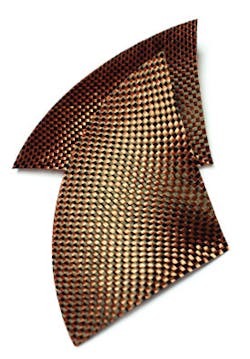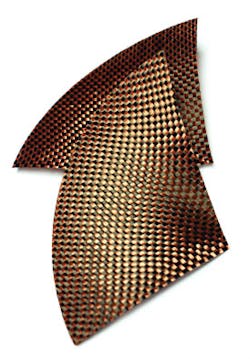Revolutionizing the revolutionary
Rugby, UK - Hopes of more affordable flights soared when the new Boeing 787 Dreamliner took to the skies. Featuring a carbon composite design, the passenger jet is lighter than rivals, resulting in substantial fuel savings.
However, the composition of carbon fiber reinforced plastics (CFRP) - in particular, the high heat conductivity of the carbon fibers themselves - makes processing difficult using traditional techniques. Mechanical milling and drilling have been known to cause costly heat damage, chipping, delamination, and tool wear.
The good news is that much of this damage can be avoided through correct application of laser processing. An ongoing UK study by Rugby-based JK Lasers, in conjunction with Liverpool John Moores University, has revealed that lasers can effectively cut, mill, and drill CFRP without compromising the material's integrity.
During trials, a 200 W fiber laser (JK200FL) and scanning head were used for trepanning and milling. The laser was also used in cutting and drilling tests using more conventional process heads.
Compared to mechanical cutting and milling, the small spot size obtained from the laser produced a much cleaner edge and caused minimal thermal damage. In composites of 1 mm thickness or more, a spiral drilling technique was used, which produced a high quality cut with very slight burn-back that was limited to the top layer of fibers only.
A further benefit of using a laser is the fact it's a non-contact material removal process. This means the risk of tool wear is significantly reduced.
Mohammed Naeem, worldwide technical key account manager for JK Lasers who helped coordinate the research, said: "CFRP can be used in a wide range of industries to create new products such as the lighter, more fuel efficient Boeing 787. But to fully realize these benefits, the costs and complexity of processing CFRP must be addressed."
(Adapted with permission from the Winter 2012 issue of Making Sparks, a newsletter published by JK Lasers, www.jklasers.com)
More Industrial Laser Solutions Archives Issue Articles

